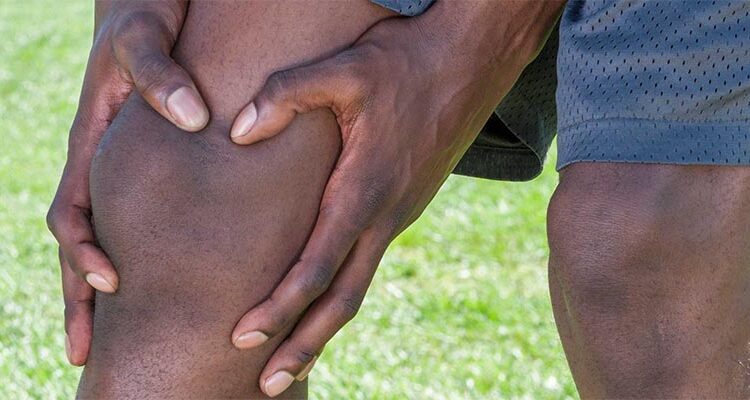
- By BlueBC_Admin
- In Blog
Osteoarthritis: Everything You Need To Know
What is Osteoarthritis?
 The most prevalent type of arthritis is osteoarthritis, a degenerative joint disease (DJD). As people get older, they are more likely to acquire osteoarthritis. Changes in osteoarthritis often occur gradually over several years, with rare exceptions.
The most prevalent type of arthritis is osteoarthritis, a degenerative joint disease (DJD). As people get older, they are more likely to acquire osteoarthritis. Changes in osteoarthritis often occur gradually over several years, with rare exceptions.
Inflammation and damage to the joint produce bony changes, degradation of tendons and ligaments, and cartilage disintegration, resulting in joint discomfort, swelling, and deformity.
Symptoms of osteoarthritis
Osteoarthritis symptoms frequently appear gradually and worsen with time. Osteoarthritis signs and symptoms include:
- Pain
Affected joints may experience pain during or after movement. - Stiffness
Joint stiffness may be particularly obvious upon waking up or after a period of inactivity. - Tenderness
It may feel tender when you apply light pressure to or near your joint. - Loss of adaptability
You may be unable to move your joint through its entire range of motion. - The sense of grating
When you use the joint, you may get a grating sensation and hear popping or cracking. - Spurs of bone Extra bone
Due to this, it feels like hard lumps can grow around the afflicted joint. - Swelling
Soft tissue irritation around the joint could be to blame.
What Causes Osteoarthritis?
Primary osteoarthritis is a heterogeneous illness caused by factors other than “wear and tear.” Some factors that contribute to OA are changeable while others are not (cannot be changed, such as being born with it or now permanent). Age is a component, although not all older persons get osteoarthritis and those who do not always experience pain. Osteoarthritis can be inherited as the main condition, such as nodular OA of the hands, or as a secondary condition linked to other hereditary illnesses, such as joint hypermobility. Secondary osteoarthritis can occur due to prolonged inflammation and joint degeneration in inflammatory and infectious arthritis. Previous injuries or traumas, such as those sustained while participating in sports or performing repetitive motions, might also lead to osteoarthritis.
How Is Osteoarthritis Diagnosed?
The following factors are used to make the diagnosis of osteoarthritis:
- X-rays and MRIs
X-rays and MRIs can indicate bone spurs surrounding joints or constriction within joints, indicating that cartilage is deteriorating. - Joint Fluid Analysis
A sterile needle will be used to extract fluid from an inflammatory joint for analysis. This can eliminate the possibility of gout or an infection. - Blood Test
Blood tests can help rule out other illnesses, including rheumatoid arthritis.
Osteoarthritis Treatment
OA treatment focuses on symptom management. The type of treatment most beneficial to you will be determined by the intensity of your symptoms and their location. Our health care insurance helps with the treatment of your osteoarthritis.
Over-the-counter (OTC) drugs, lifestyle adjustments, and home remedies are frequently sufficient to relieve pain, stiffness, and edema.
- 1. Medications
A variety of OA drugs are available to help provide relief.
2. Weight management
Obesity can put a strain on your joints and create pain. Losing some weight relieves this pressure and lessens pain.
3. Exercise
Physical activity helps strengthen the muscles surrounding your joints and may alleviate stiffness.
4. Adequate sleep
Muscle rest can help reduce swelling and inflammation. Be gentle with yourself, and don’t overdo it.
Wrapping Up
The most prevalent type of arthritis is osteoarthritis, often known as wear and tear arthritis. It is connected with cartilage breakdown in joints and can develop in any joint in the body.






